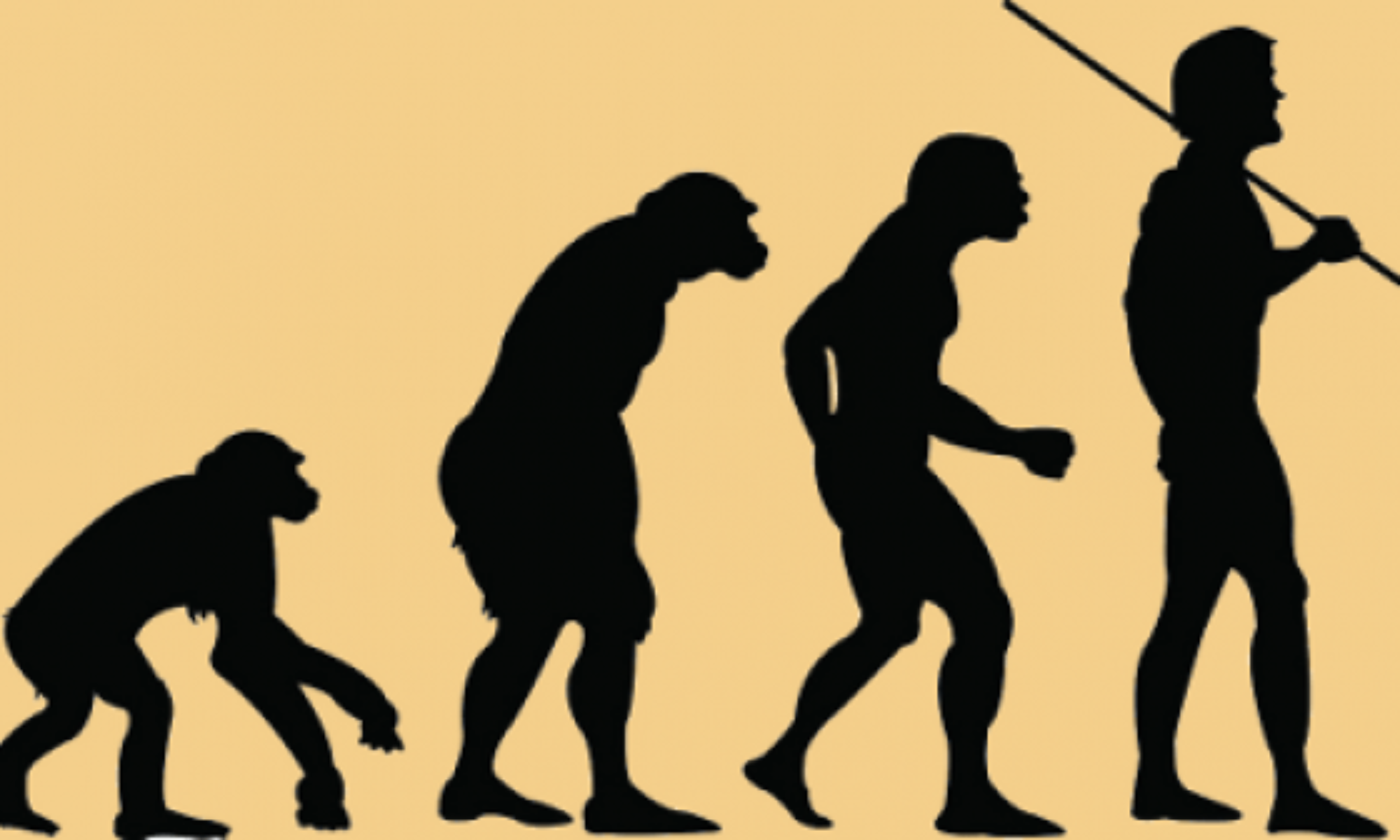Chapter 3: Crickets, Sparrows, and Darwins — or, Evolution before our eyes
The goal of this chapter is to prove Zuk’s point that we aren’t stuck in our evolutionary past and that evolution happens quicker than one might think. We have always been told the notion that it takes thousands or millions of years for evolution to occur. Zuk uses examples of other (non-microbial) species that have evolved in incredibly short periods of time.
She first gives an example of a certain species of cricket that lives in Australia and many islands of the Pacific such as Tahiti, Samoa, and most recently Hawaii. Male crickets call to attract females to mate. However, specifically on Hawaii there are parasitic flies that can also hear the crickets chirps. This is dangerous for the male crickets because the female flies are also attracted to the crickets, but for another reason. They lay their larvae on the crickets, which then burrow into the cricket and develop inside the cricket’s body, eventually killing it. She noticed a decreasing cricket population every year she returned to the island until 2001 she only heard a single cricket calling in their usual field site. She then returned in 2003 and the cricket field was silent. However, when she looked closer the field was teaming with crickets hopping around and the area had more crickets than she had ever seen before. After doing more research she realized that the majority of crickets now exhibited an adaptation to their wings that prevented them from being able to make the chirping noise to attract mates. This type of evolution happened in a mere 5 years.
Zuk also uses more well-known examples of Bumpus’ sparrows size changing drastically after one large storm, Darwin’s finches, Reznick’s guppies, Australian cane toads, and other species that evolve in an incredibly small period of time. She uses all these examples to exhibit her idea that evolution can actually happen in a much shorter timespan than we once thought given the correct conditions. She also looks to the future that with increasing climate change, environments will be changing and many species will have to either undergo rapid evolution to survive or risk being wiped out.
